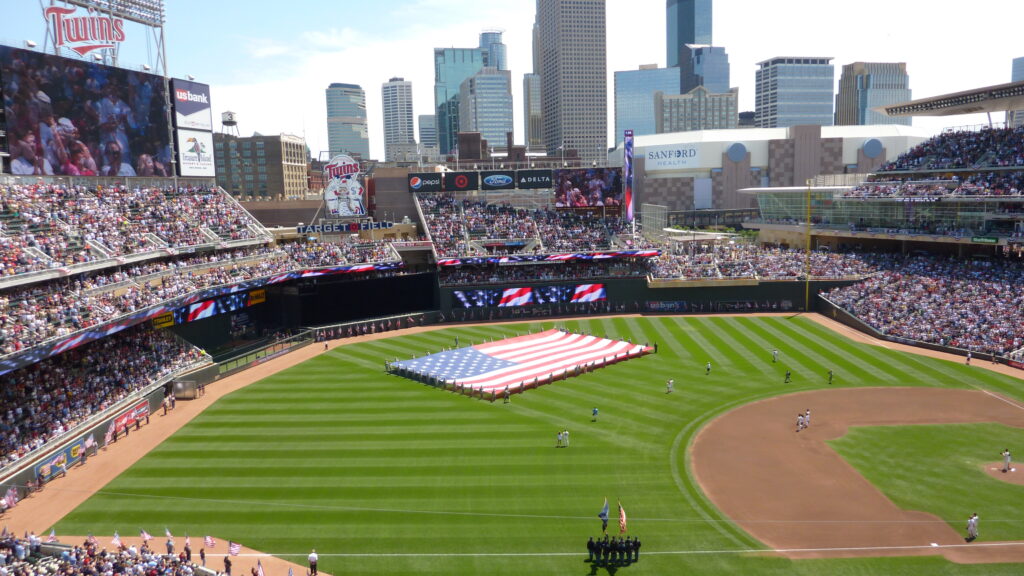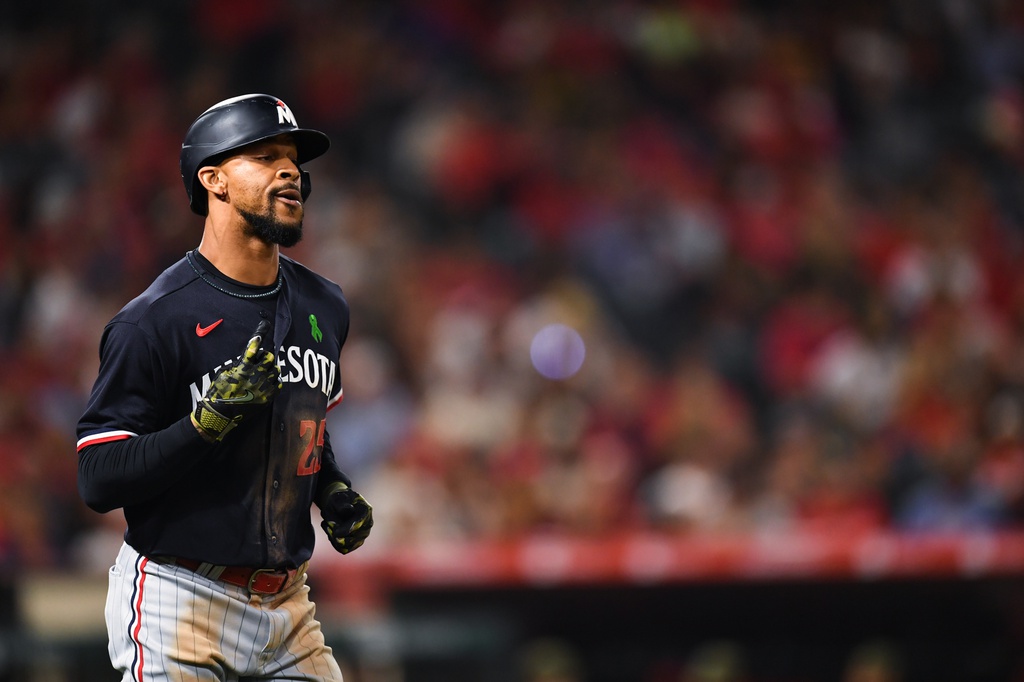
The MLB and MLBPA agreed on rule changes for the game of baseball on Thursday with some starting as soon as this season.
There won’t be any pitch clocks – you’re welcome Mike Pelfrey and Lance Lynn – but there are a few in-game and in-season changes that will affect how baseball and the Twins go about their business.
Here are the rule changes that will start immediately.
Inning breaks
For broadcast purposes, commercial breaks in local games (FSN broadcasts) will be reduced by five seconds from 2:05 to 2:00.
In national games, commercials will be slashed by 25 seconds from 2:25 to 2:00.
The Office of the Commissioner also noted they have the right to reduce inning breaks to 1:55 for local and national games by 2020.
This means games should (hopefully) go by a little quicker, although, if you do the math, nine inning breaks shortened by five seconds each equates to a grand total of 45 seconds of less commercial time. Not exactly a life-changing move.
Mound visits
The amount of mound visits is reduced from six to five. Remember, a mound visit now consists of any player or manager trotting to the mound.
Albeit it seems like a minuscule change, this is an easy one and it shouldn’t cause much of an uproar.
The only reason it upsets me is because it gives us fewer chances to see the beautiful “La Tortuga,” aka Willians Astudillo gallop to the mound.
Trade deadline
Baseball has finally set a true trade deadline, cutting out trade waivers all together. So after July 31st, teams can’t make any more trades for the remainder of the season.
Previously, teams could make trades after July 31st as long as they subjected players to waivers, which means exposing them for other teams to either claim or negotiate a trade with.
Just last year, big name players like Andrew McCutchen and Josh Donaldson were traded after being exposed to waivers.
That’s how the Twins traded Fernando Rodney last year and it’s also how they received players like Carl Pavano and Jon Rauch during their stretch run in 2009.
Although I’m happy there’s a true trade deadline, I’m sad that we’ll never have another Jon Rauch experience on the Twins.
All-Star Game and voting
Voting will now be conducted in two rounds. First, there’s a primary round where each team nominates one player per position (three outfielders) and the fans cast votes.
In late June or July – at a date still TBD – baseball will have an “election day” where the top three vote-getters from each position will be voted on again by the fans to determine All-Star starters.
Just like in politics, election day will last just one day.
The league is still working out some kinks but they’ll announce full details by Opening Day.
For the All-Star Game itself, if a game goes to extra innings, teams will start with a runner on second base (with re-entry substitutions allowed for said runners). So when Byron Buxton starts the All-Star Game this year, he can be put back into the game to score the winning run in extra innings (Hey, I can dream!).
Some other minor changes like All-Star Game payouts and Home Run Derby prize money will change too. There’s also a joint committee forming to study other potential changes to the game.
The following changes will take place starting in 2020.
Active roster changes
From Opening Day through August 31st (and in postseason play), rosters will be expanded from 25 to 26.
This is actually pretty significant. It’ll give bubble players a chance of making the roster.
Take Tyler Austin for example, who’s out of options and would likely be claimed by another team if he doesn’t make the 25-man roster this year.
If rosters were expanded for this season, then he’d have a much better chance to make the team. Same could be said for Astudillo, but if he doesn’t make the roster, we riot.
Baseball will also eliminate the 40-man active roster in September. Instead, clubs are required to carry 28 players.
Even though rosters are expanding, teams will have a cap on the number of pitchers they can carry. It’s unknown yet what that number will be.
The league will also put restrictions on position players pitching. No players on the active roster other than “designated pitchers” may appear as a pitcher unless it’s under the following scenarios:
- Players can be designated as a “two-way player” if they pitch at lest 20 Major League innings and at least 20 Major League games started at a position or as designated hitter.
- If a game goes to extra innings.
- If a team is losing or winning by more than six runs.
Minimum number of batters pitchers must face
This is probably the biggest change of the bunch. Starting pitchers and relief pitchers will be required to face three batters or complete a half-inning of play.
If a pitcher enters with less than two outs, he has to face at least three batters or get the final out of an inning. Basically, no more one-and-done pitchers for the most part.
Although this interferes with strategy – and will hamper the LOOGYs (left-handed-one-out-guys) of the world, it will speed up the game.
Injured list and option period for pitchers
Earlier this year, MLB renamed the disabled list the injury list.
As long as the joint committee approves it, the minimum placement period for pitches on the injured list will increase from 10 to 15 days. Also, the minimum assignment period of pitchers who are sent to the minors increases from 10 to 15 days.









